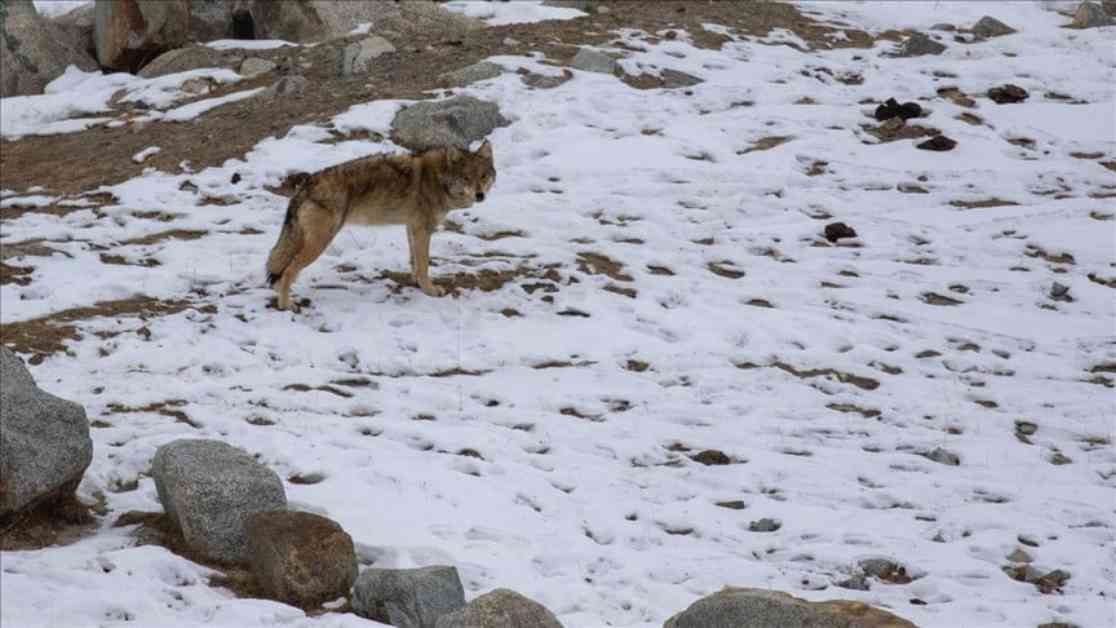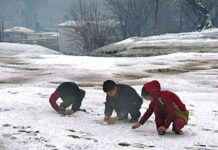Wolves in Pakistan Facing Local Extinction Threat
In Pakistan, the populations of Indian and Tibetan wolves are rapidly declining, with just a few hundred individuals left. Experts are sounding the alarm, warning that urgent conservation measures are needed to prevent the local extinction of these endangered species.
The Decline of Wolf Populations in Pakistan
Over the past few decades, Pakistan has witnessed a drastic decline in its wolf populations. Human-induced factors such as habitat destruction, retaliatory killings, and diminishing prey populations are the primary drivers of this decline. Rab Nawaz, a senior official at WWF-Pakistan, highlights the urgency of the situation, stating that without immediate action, these iconic predators may face local extinction in the near future.
The Indian Wolf vs. The Tibetan Wolf
Recent genetic studies have revealed that Indian wolves are among the most evolutionarily distinct wolf populations, found only in India and Pakistan. Saeed-ul-Islam, a wildlife expert, emphasizes that the Indian wolf population is declining at a much faster rate than the Tibetan wolf, putting its survival at serious risk. The Tibetan wolf, on the other hand, has a relatively stable population due to its habitat nature and less human encroachment.
Urgent Need for Conservation Measures
Human-wildlife conflict, habitat loss, and a growing human population are the primary factors behind the decline of the Indian wolf. Islam stresses that the Indian wolf is on the brink of local extinction if immediate conservation efforts are not undertaken. Measures such as population assessments, identification of key habitats, and conservation programs are essential to safeguard the remaining Indian wolf population.
The Role of Wolves in Ecosystem Balance
Wolves play a crucial role in regulating prey populations and maintaining ecosystem balance. Mohammad Kabir, from the Wildlife Ecology Lab at the University of Haripur, highlights the importance of wolves as top predators in their habitats. Their absence could lead to unchecked prey populations, habitat degradation, and the spread of disease among prey species.
Conservation Efforts and Human-Wildlife Conflict
While some progress has been made in declaring protected areas for the Indian wolf, ongoing human-wildlife conflict remains a significant challenge. Sharifuddin Baloch, the chief conservator of Balochistan’s Wildlife Department, notes that continued retaliatory killings, climate change, and the wolves’ predatory behavior hinder conservation efforts. Baloch emphasizes the need for effective conservation strategies to mitigate conflict and protect these vital predators.
In Conclusion
The decline of wolf populations in Pakistan is a pressing issue that requires immediate attention and action. Through collaborative efforts, conservation programs, and public awareness, we can work together to prevent the local extinction of these iconic species. Wolves are not just predators; they are essential components of a healthy ecosystem. Let us join hands to ensure their survival for generations to come.









